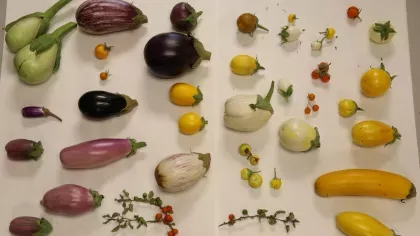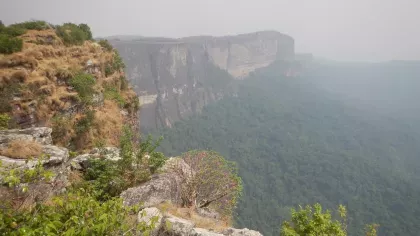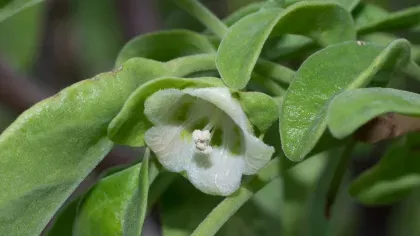13 December 2019
Balsam-bog to snakeplant
Researchers at Kew and Falklands Conservation have published a new field guide to share information of the fascinating flora of the Falkland Islands.

It often comes as a surprise to those unfamiliar with the Falkland Islands that there is much to be found there to excite a botanist.
From the exceedingly rare and endemic false plantain (Nastanthus falklandicus), the fantastical giant pedestals of tussac (Poa flabellata), to the delicate blooms of the pale maiden (Olsynium filifolium, the national flower of the Falkland Islands).
There is certainly no shortage of plant interest to attract the attention of scientists, farmers and hikers alike.
However, a source of information that is both comprehensive and accessible to a wide audience has hitherto been lacking. Kew and Falklands Conservation have been working to address this gap, resulting in a new field guide to the plants of the Falkland Islands, now published.
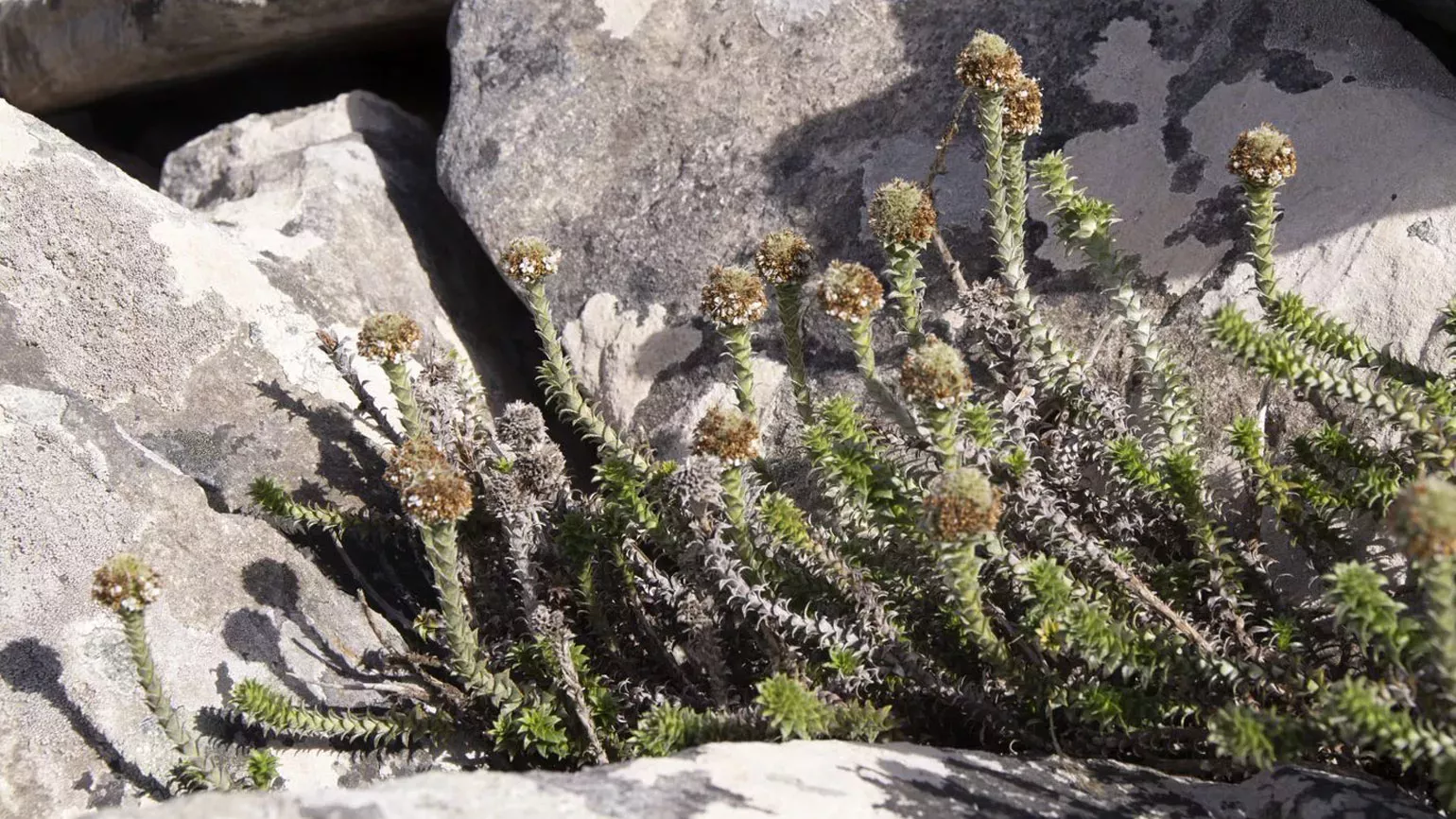
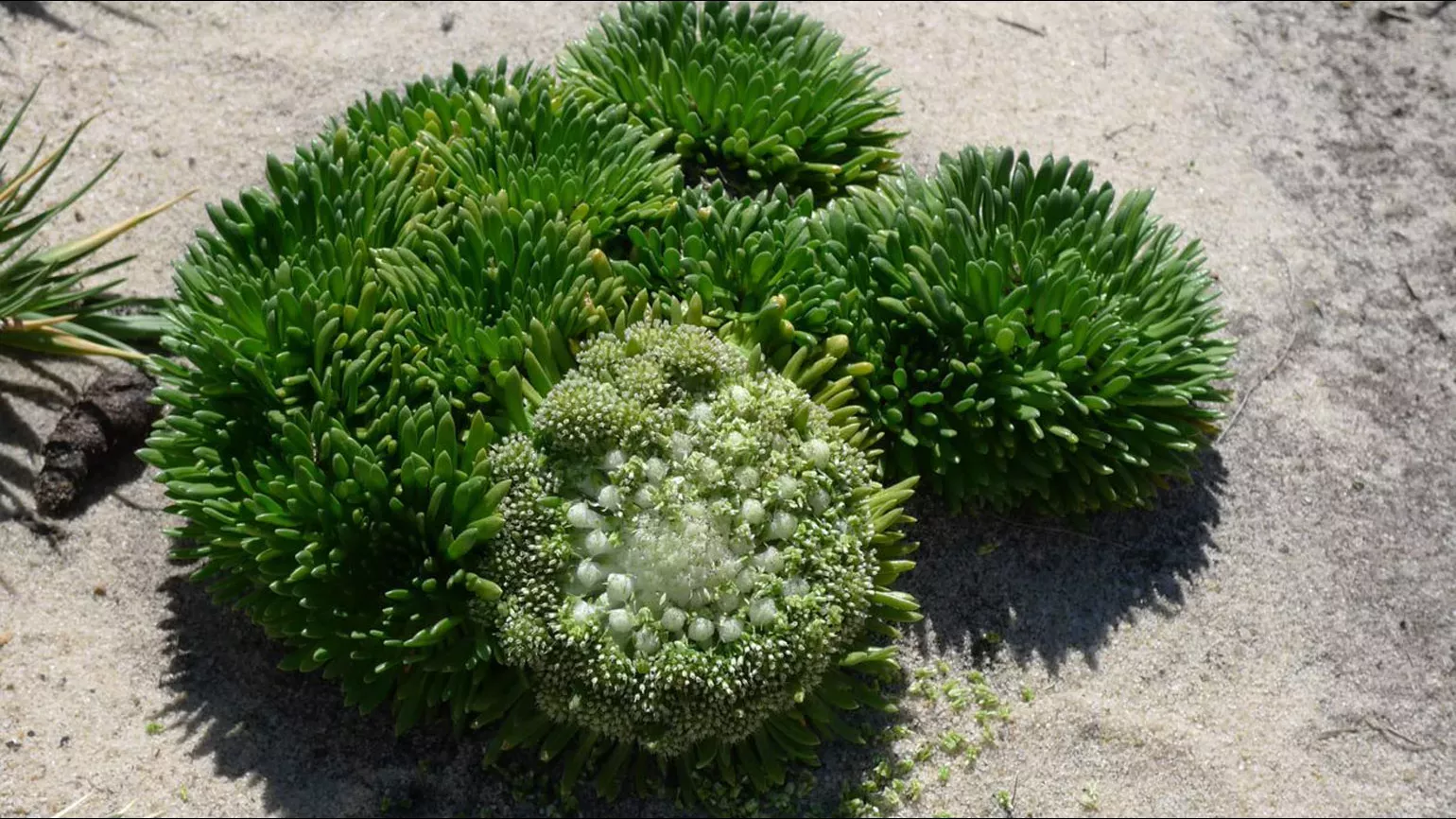
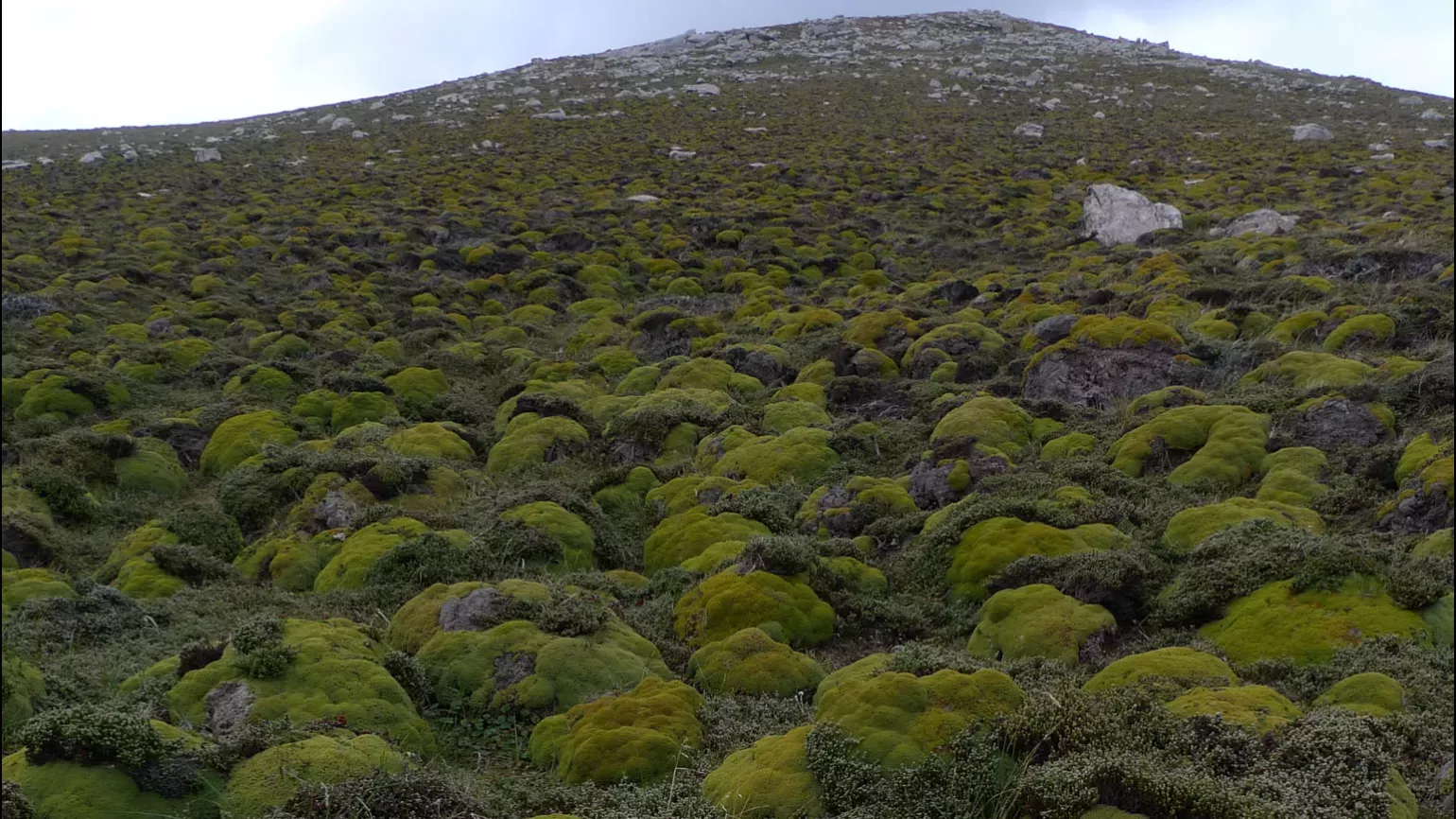

Plant diversity in the Falkland Islands
The Falkland Islands are important biogeographically owing to their position between the Antarctic and South American continents, with many plant species at the eastern and southern limits of their range in the Islands.
A total of 180 vascular plants species have been recorded as native to the Falkland Islands, plus one natural hybrid. Of these, fourteen are currently recognised as endemic to the Falklands, being found nowhere else.
History of botanical study in the Falklands
The study of plants in the Islands has a long history, with the earliest botanist to have given an account of the plants being Antoine Joseph Pernetty, at the time that the first settlement of the islands by Europeans began in 1764.
Today, at least 70 botanists have made collections of plants, usually in the form of pressed and dried herbarium specimens.
Names associated with plant collections made in the Falkland Islands include Charles Darwin and Joseph Hooker, who visited the islands in 1833–34 and 1842, respectively.
For the past 50 years, the standard reference for the plants of the islands has been David Moore’s The Vascular Flora of the Falkland Islands, published in 1968.
This work is a comprehensive account of the flora as known at that time, including scientific descriptions and keys, with line drawings to aid identification of some of the more difficult plants.
While this work is comprehensive and rich in technical detail, it is not accessible to a wider audience; meanwhile more modern guides aimed for wider consumption have a focus on a relatively narrow selection of the more charismatic elements of the flora.
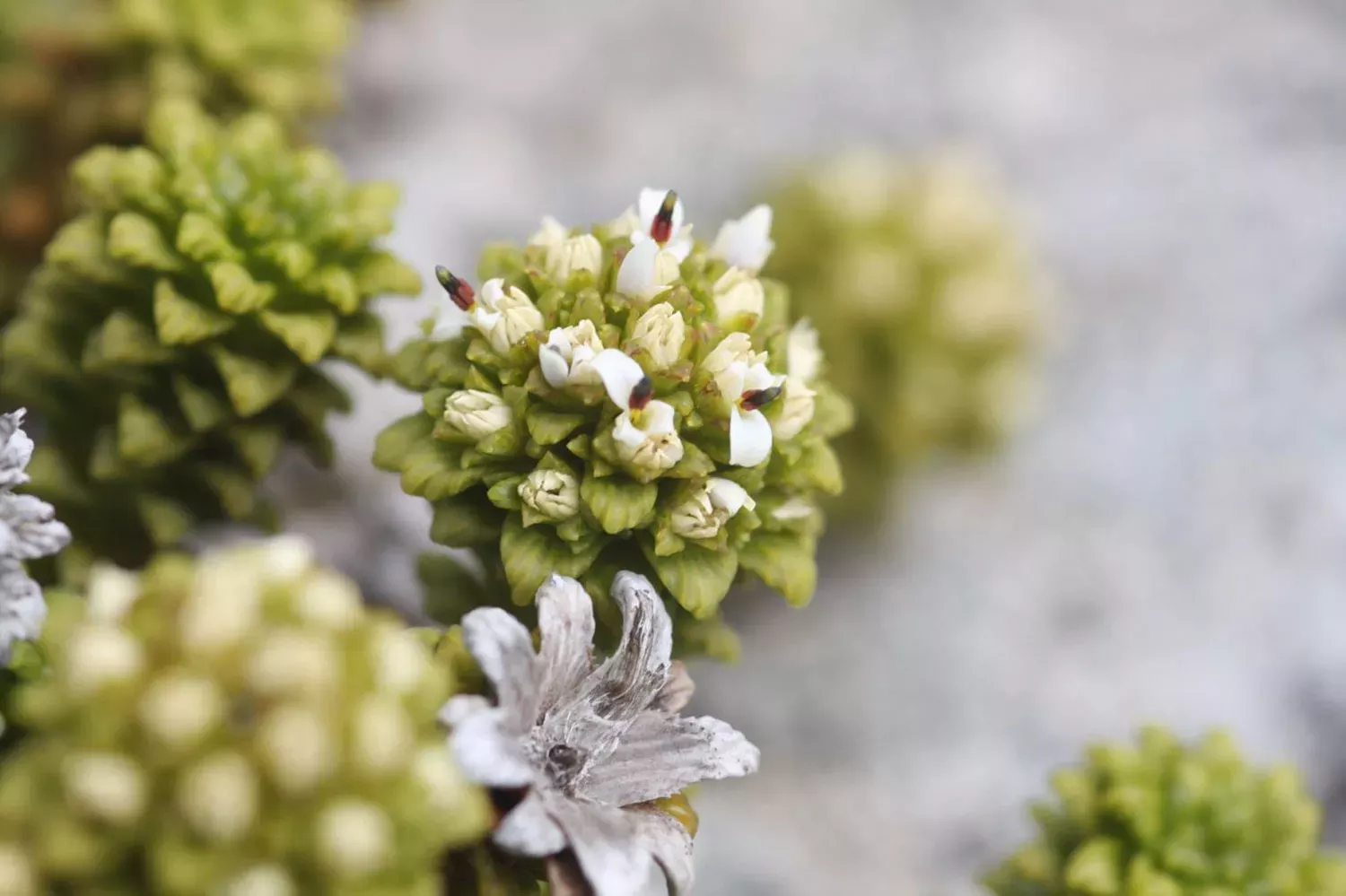
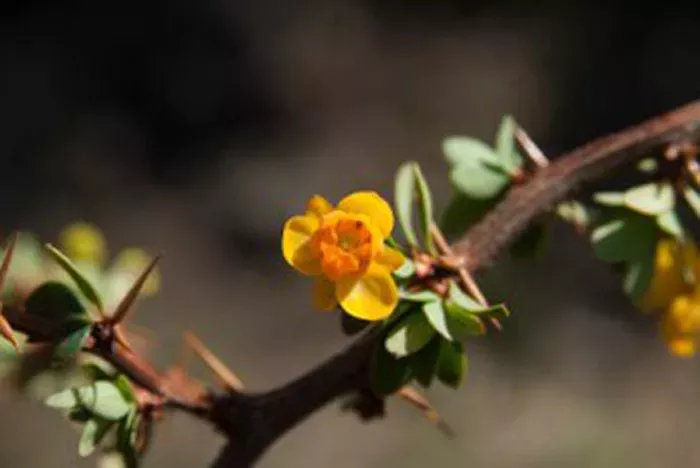
New discoveries
In the last 25 years, the Islands have seen a step-change in the intensity of recording plants through a series of projects funded from a variety of sources, including the UK Government’s Overseas Territories Environment Programme and subsequent Darwin Plus Programme, the Falkland Islands Government, and the European Union.
These have generated a substantial body of data, resulting in checklists, the first atlas of the flora and a recent updated atlas.
This recent wave of botanical research has contributed much new information. The distribution of known natives and introduced plants is much better known.
17 species have been added to the list of native species since Moore’s Flora, such as the filmy-fern Hymenophyllum darwinii, and the orchid Gavilea araucana. Two endemic species have been described as new to science, including the Nassauvia falklandica (Asteraceae), described in 2013.
The introduced flora has also grown significantly, with 251 taxa now recorded from the islands, compared to 92 in 1968, many of these doubtless having found their way to the islands with the movement of people and goods since the publication of Moore’s Flora.
Several of these present a high invasive risk to native biodiversity as well as the local economy. An example is calafate (Berberis microphylla), which is increasingly invading dwarf shrub heath in the islands.
What the guide covers
The coverage of the guide follows that of Rebecca Upson and Richard Lewis’s 2014 Updated Vascular Plant Checklist and Atlas for The Falkland Islands, providing the distributional, habitat and phenology information of all the plants recorded in the islands, with nomenclatural updates where required.
Treated in detail (with descriptions and illustrated with photographs), are all species recorded as native to the islands and all introduced species recorded as “rare” or more abundant (occurs in more than five 10 km grid squares), or determined to be a moderate or high invasive risk.
All other confirmed introduced species (i.e. those that are very rare in the Falkland Islands) are noted, with useful identification features. Dichotomous identification keys are also provided for the larger families.
Many of the photographs were provided by local naturalists, testament to the high level of local interest in the plant diversity of the Falkland Islands.
Get your copy
The field guide can be purchased online from the Kew shop. We hope you that you will enjoy learning about the unique and beautiful flora of the Falklands.

References
Heller, T.M., Upson, R. & Lewis, R. (2019). Field Guide to the Plants of the Falkland Islands, ed. Colin Clubbe, pp.404 pp. Royal Botanic Gardens, Kew.
Moore, D.M. (1968). The Vascular Flora of the Falkland Islands. British Antarctic Survey. Scientific Reports. No. 60. Natural Environment Research Council, London.
Upson, R. and Lewis, R. (2014). Updated Atlas and Checklist. Report to Falklands Conservation. 225 pp.
Acknowledgements
With thanks to our funders in the UK Government (through the Overseas Territories Environment Programme), colleagues at Falklands Conservation (with special mention to Dr Katherine Ross, Helen Marsh and Dr Andrew Stanworth), and all the landowners and residents across the Falkland Islands who have permitted access and volunteered their own time and observations of local plants.


